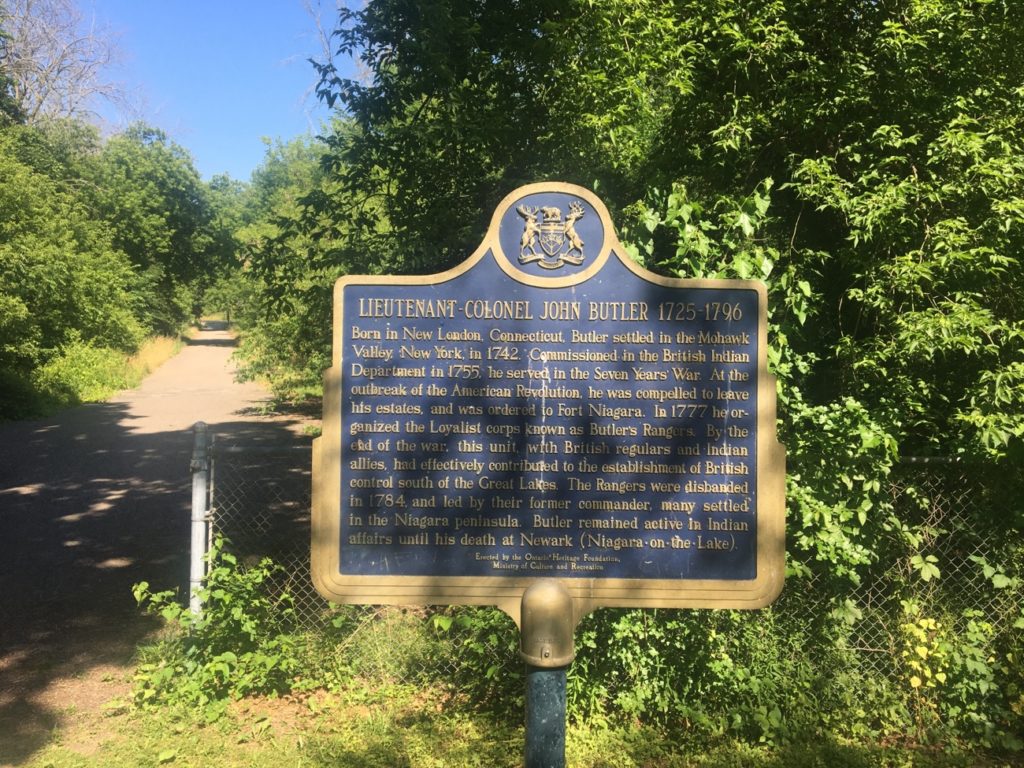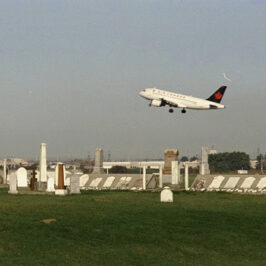Butler Burying Ground, Niagara-on-the-Lake, Ontario

Lt. Col. John Butler 1725-1796
Born in New London, Connecticut, Butler settled in the Mohawk Valley, New York, in 1742. Commissioned in the British Indian Department in 1755, he served in the Seven Years’ War. At the outbreak of the American Revolution, he was compelled to leave his estates and was ordered to Fort Niagara. In 1777 he organized the Loyalist corps known as Butler’s Rangers. By the end of war, this unit with British regulars and Indian allies, had effectively contributed to the establishment of British control south of the Great Lakes. The Rangers were disbanded in 1784, and led by their former commander, many settled in the Niagara Peninsula. Butler remained active in Indian affairs until his death at Newark (Niagara-on-the-Lake).
Butler’s Burying Ground
Address : Niagara-on-the-Lake, Ontario
Recognition Statute: Historic Sites and Monuments Act (R.S.C., 1985, c. H-
Designation Date: 1926-05-22
Other Name(s): Action at Butler’s Farm (Designation Name)
Butler’s Burial Ground (Other Name)
Importance: War of 1812, Americans defeated by Indian allies in 1813
Plaque(s)
Existing plaque: Butler’s Burying Ground at the very southern end of Butler Street, Niagara-on-the-Lake, Ontario
On 8th July, 1813, an outpost of the invading force, encamped near Fort George, was defeated by a band of Six Nations and Western Indians, led by Chiefs John Norton and Blackbird and interpreters Michel Brisebois, Louis Langlade and Barnet Lyons. Lieutenant Samuel Eldridge and 22 soldiers of the 13th United States Infantry were killed and 12 taken prisoners.



Leave a Reply